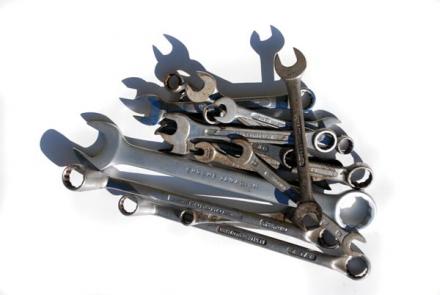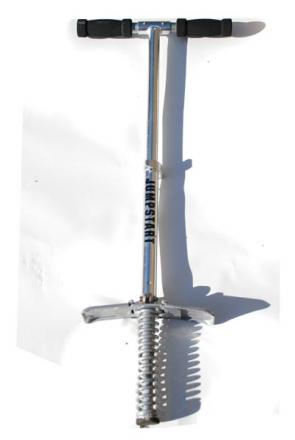Vanadium
Vanadium is one of those elements that was discovered twice. The first time by Andres Manuel in Mexico City in 1801, whose detailed notes were lost in a shipwreck on their way to the French Institute, which partly accounted for his sample being wrongly analyzed as chromium.
Thirty years later, Nils Gabriel Sefstrom of Sweden was looking at samples of cast iron that was puzzling for sometimes being strong and other times being brittle. He was able to demonstrate that it was indeed a new element and named it vanadium after the Scandinavian goddess of the Vanir, Freya who amongst one of her many talents represented the goddess of battle and death. She had the right to choose half of all men slain in battle.
Fitting then, that the French used vanadium for the first ever canon to be mounted on a plane during World War I, and has since been used in the burgeoning industrial military complex as a material for soldier’s helmets, protective armour, and for “Creating a Stronger, lighter U.S army”.
An earlier, and unwitting use of vanadium in warfare came in the form of Damascene blades manufactured between the 16th and 18th Century. The method of making these swords and daggers, which have a distinctive and beautiful surface pattern, has been lost to history.
Damascus steelmakers fashioned these weapons which were much prized for their great strength and lasting sharpness. Impurities, including small amounts of vanadium are thought to have been responsible, but when the original iron ore source in the form of wootz ingots supplied from India ran out, so did the properties that made the swords so highly valued in the first place.
Unlikely though I am to find a Damascus sword at a car-boot sale (they can instead be seen in many museums), their modern derivatives are plentiful in the form of kitchen knives which I have purchased at Hexham and Sedgefield car-boot sales, together with a pogo stick and an assortment of spanners, all contain small, but crucial quantities of Vanadium.
With the spanners, it was obvious that they contained it as they have VANADIUM written on them in big letters, trumpeting the addition of this element as an alloy into the main steel constituent of their manufacture, and according to the first car-booter I bought a spanner off, the reason why it was still going to cost me £4. The man I bought a job lot off seemed less impressed and was happy to get rid of twenty for the same price, as they had been lying unsorted and unused in his garage for a number of years. Perhaps he knew that these vanadium steels only have between 0.1-3% in them, though this is easily adequate to do the intended job of toughening steel for tools and making it shock and vibration-resistant for things uses such as springs like the one in the pogo stick.
Vanadium is generally obtained as a by product of other ore processes and much of it is shipped into China or the Czech Republic for processing and manufacture mainly from slag and ores originating in Russia and South Africa, so it’s highly likely that the products I bought followed this journey.
Indeed, vanadium helped me to get to the car-boot sales that I bought it from, as ever since Henry Ford examined a bit of English vanadium and found it to be strong and lightweight, ideal in fact for use in a new car – the Model-T Ford-, it has been used in components from axles to crankshafts to gears ever since.
It’s toughness is also of use in everything from permanently fixing dye to fabric, to the jet engines and airframes of modern aircraft, but as well as being an ideal strengthening alloy for inanimate objects, bodybuilders take it as a supplement in the form of Vanadyl to build up muscle. They could just try eating sunflower seeds, apples, seafood or rice which all contain relatively high levels of vanadium, as it’s rather abundant in most living things.
Scientists have been scratching their heads over a previously unknown property of vanadium, which occurs when subjecting it to high pressure of about 600 atmospheres. Unlike bodybuilders, who ‘puff up’ to look bigger, vanadium dioxide changes its atomic packing shape from a cube to a rhombohedron, but its volume stays the same.
This type of change is known as a phase transition, and occurs every time you boil some water or write to a cd. Vanadium, a pretty stable element, does this at remarkable speeds last seen when Mr Benn changed from his civvies to a spaceman (ie in less time than it takes light to travel a tenth of a millimetre).
This allows vanadium to switch from a transparent insulator to a reflective, mirror-like state at this speed, so has potential uses that include thermochryonic windows (getting rid of vast amounts of air conditioning), to transparent electrical conductors and various kinds of ultra-fast electrical and optical switches for computers.
In light of the recent discoveries of vanadium’s behaviour, scientists are beginning to take another look at other stable elements, hoping to explore overlooked properties which may lead to more useful things than standing around all tanned-up in a posing pouch.

